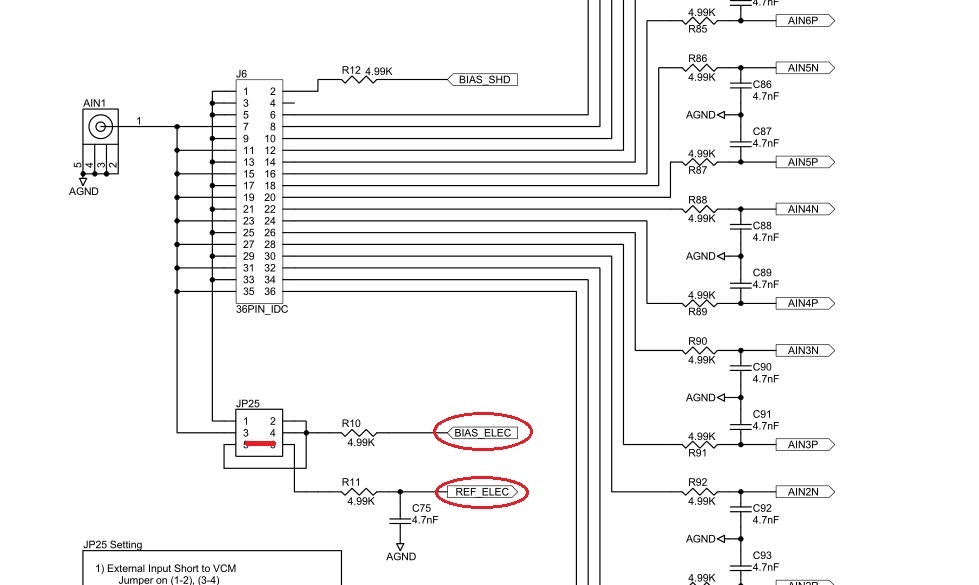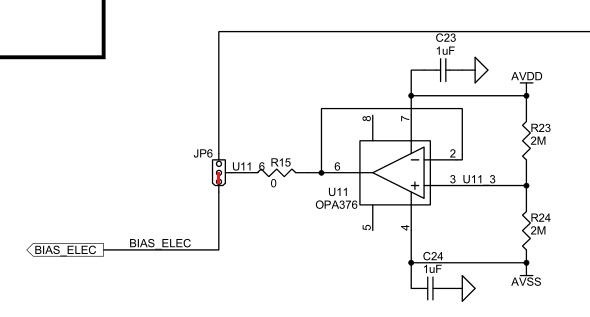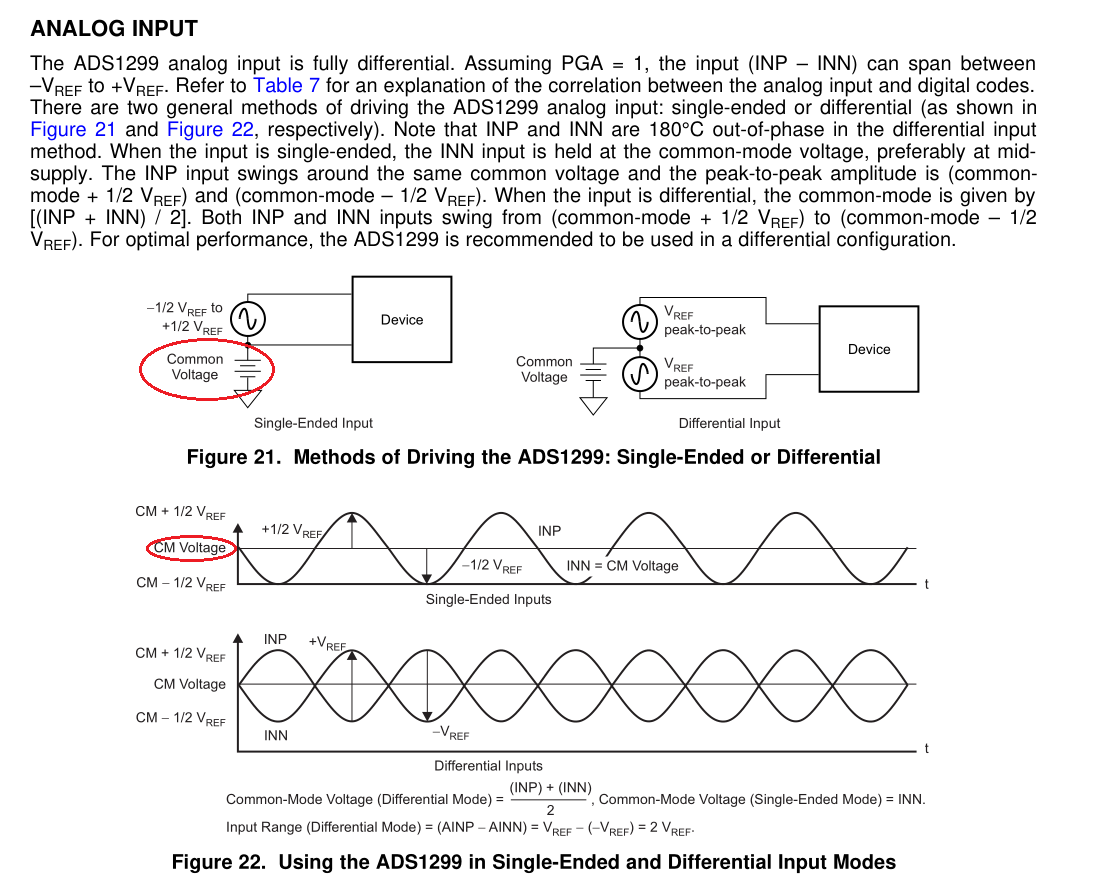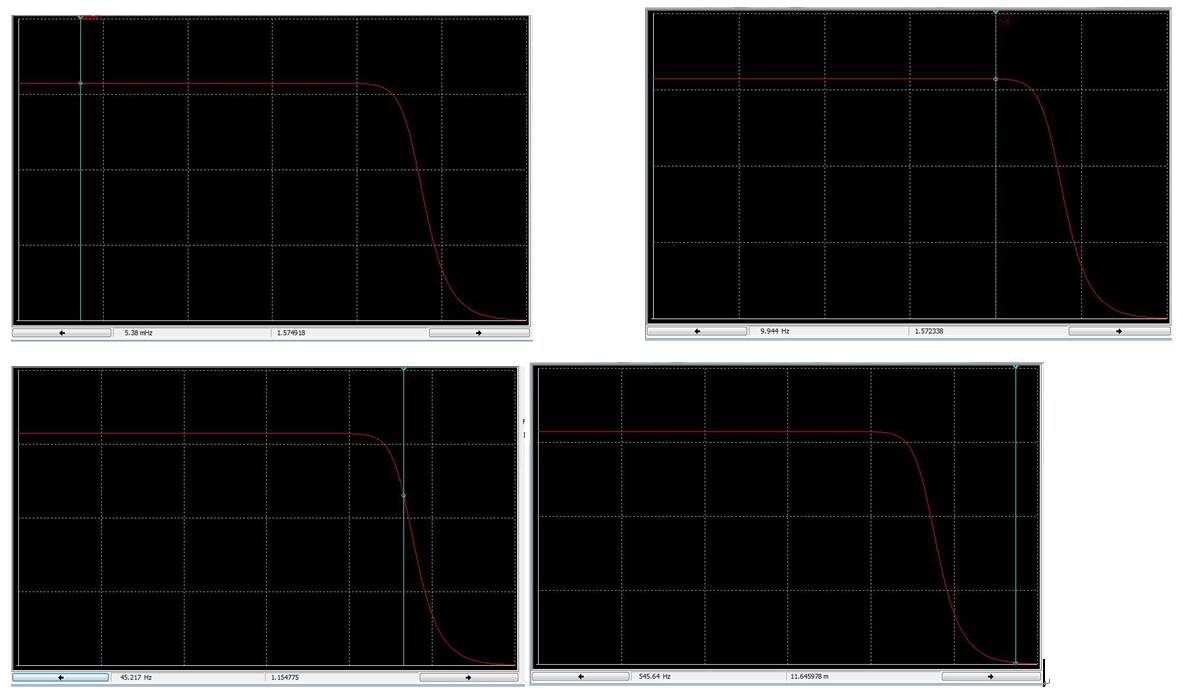Hello:
I am using ADS1299 to design the acquisition of eeg signals,I have some doubts and hope to get your company's support.
The hardware I designed is as follows:https://e2e.ti.com/support/data-converters/f/73/t/820794?tisearch=e2e-sitesearch&keymatch=ADS1299
First of all, I used a sine wave of 400mV and 50hz to verify that it was correct.I then added a low-pass filter with a gain of 2 and a 50hz t-notch filter (including REF electrode and BIAS electrode) to each channel.
But there is a problem. Does the BIAS electrode also need to add a low-pass filter with a gain of 2 and a 50HZ t-notch?
I have done a test. If the BIAS only adds low-pass filter with gain of 2, without t-trap, the signal is better, but I don't know whether there is theoretical basis for this?
The second problem is the low signal to noise ratio of the output signal,How can I change it to improve it?
- Waveform diagram is as follows:
 The standard waveforms of eeg products are as follows:
The standard waveforms of eeg products are as follows:
- The third question is The hardware setup of BIas
- openbci setting as follow:
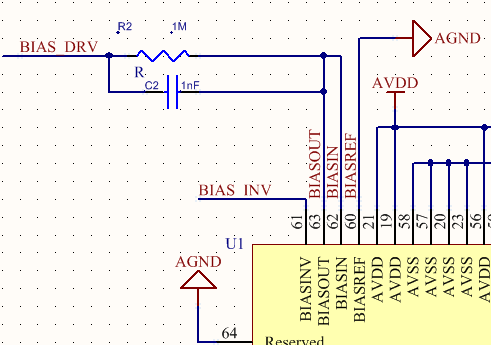
- ADS1299 datasheet set as follow:
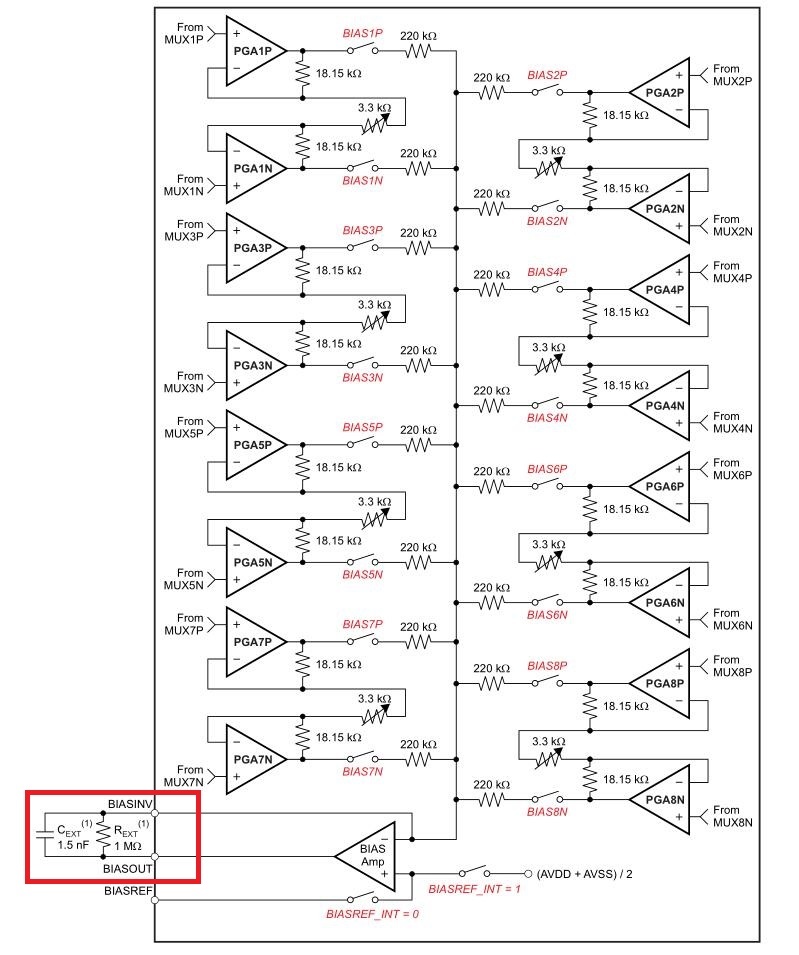
I would like to ask what is the advantage of this setup in openbci?Or is there any basis for that? Which setting should I choose? Can you give me some advice?
thanks a lot !!




